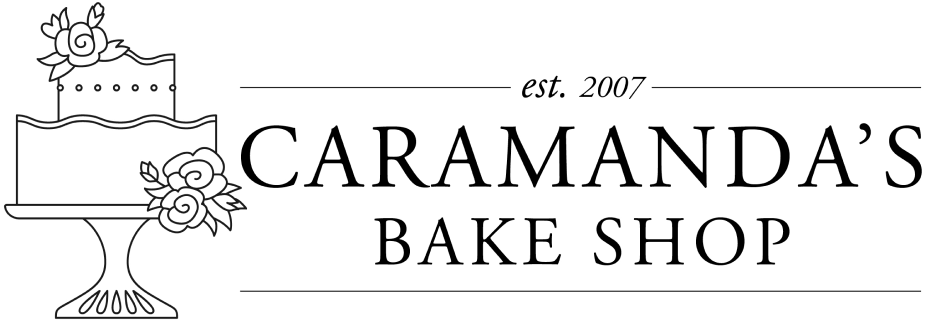
Understanding the Difference Between Icings: Which One is Right for Your Cake?
Share
Icing is more than just a sweet topping for cakes—it's an essential element that brings flavor, texture, and visual appeal to your desserts. But with so many types of icings out there, how do you know which one to choose? Here’s a breakdown of some of the most popular types of icings and how they differ:
1. Buttercream Icing
Buttercream is perhaps the most common icing used in cake decorating, known for its rich, smooth texture and sweet, buttery flavor. It’s made from butter, powdered sugar, and a small amount of liquid like milk or cream. There are several variations of buttercream, including:
- American Buttercream: The easiest and sweetest version, made with butter and powdered sugar. It’s thick and perfect for spreading or piping.
- Swiss Meringue Buttercream: Lighter and silkier than American buttercream, made by combining egg whites and sugar, then whipping them into a meringue before adding butter. It’s less sweet and has a smooth, creamy texture.
- Italian Meringue Buttercream: Similar to Swiss meringue but with a cooked sugar syrup poured into the egg whites, creating a slightly more stable icing that’s still light and buttery.
Best For: Frosting and decorating cakes, cupcakes, and cookies.
2. Fondant
Fondant is a smooth, pliable icing that’s rolled out and draped over cakes, creating a sleek, polished finish. Unlike buttercream, fondant has a firm texture and can be molded into shapes and intricate decorations. It’s less sweet than buttercream, with a slightly chewy texture.
Best For: Creating a smooth, polished look on wedding cakes or special occasion cakes, and for making decorations like flowers, figurines, and bows.
3. Royal Icing
Royal icing is made from egg whites (or meringue powder), powdered sugar, and a bit of water. This icing dries hard, making it ideal for detailed piping work, such as intricate designs or edible decorations. It’s commonly used for decorating cookies, gingerbread houses, and cake accents.
Best For: Piping intricate designs, creating decorations, or as a glue for assembling cookie or gingerbread houses.
4. Glaze Icing
Glaze is a thinner, pourable icing that’s often made with powdered sugar, milk, and a bit of vanilla extract. It has a glossy finish and is perfect for drizzling over cakes, donuts, or pastries. It sets to a smooth, shiny finish and adds a simple yet elegant touch.
Best For: Drizzling over cakes, pastries, and bundt cakes, or glazing donuts and scones.
5. Cream Cheese Icing
Cream cheese icing is made with cream cheese, butter, powdered sugar, and vanilla. It’s rich and tangy, with a soft, creamy texture that pairs wonderfully with cakes like carrot cake, red velvet, or banana cake. It’s less sweet than buttercream and has a more complex flavor profile.
Best For: Carrot cake, red velvet cake, or any dessert that benefits from a creamy, tangy flavor.
6. Whipped Cream Icing
Whipped cream icing is light, airy, and made by whipping heavy cream with sugar and vanilla. It has a soft, fluffy texture and a light, fresh taste, but it’s less stable than buttercream or royal icing, so it’s best for short-term use or cakes that will be served immediately.
Best For: Light, fresh desserts like angel food cake, shortcakes, and summer fruit cakes.
So, Which One Should You Choose?
The choice of icing depends on your cake’s flavor, the look you’re going for, and how long you need the icing to hold up. If you want a smooth, elegant look, go for fondant or a meringue-based buttercream. If you're looking for something simple yet delicious, buttercream or cream cheese icing is always a hit. For intricate designs and sugar sculptures, royal icing is your best bet, while a glaze is perfect for a shiny, modern finish.
No matter which icing you choose, each one brings its own unique touch to your cake, turning it into a sweet masterpiece!
